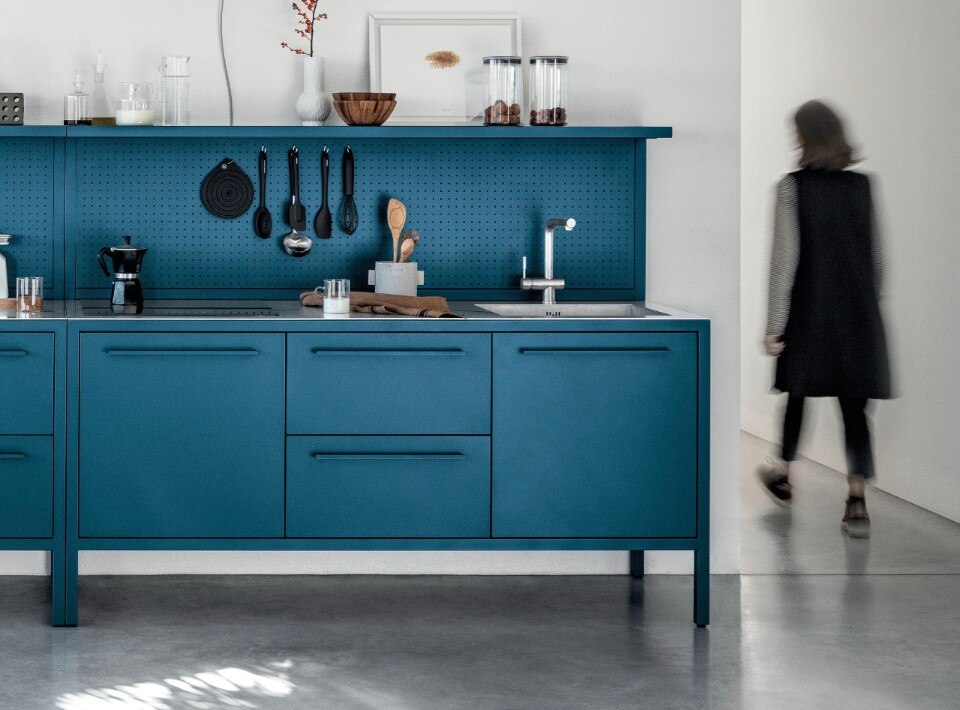What is your starting point in creating an object?
Eloi: We often start by observing the context of history in which we are integrated, from the production processes and technology. From there, we begin to think about the project and ask questions.
JF: Increasingly our work focuses on the identity of a company, which we strive to convey through the objects that they produce. That's what we did with Tolix.
How do you make the decisions regarding form?
JF: We make decisions in many different ways. First, we try to find the best form for the best use. The first thing to be as close as possible to the end-user. Then we create the forms are often the result of the production process, so we really like it when this becomes a constraint (industrial, usage or marketing) to creating a form. A form that couldn't be any other way. Nothing superfluous, you know. We design face to face, and we go on until we decide that the form is the best possible for a given context.
Eloi: We rarely start from a drawing or from an idea adapted to an industrial process. Rather we start from the constraints and begin thinking about things, in order to get to the most relevant form.
So we could say that designing an object is like solving a problem...
JF: Exactly. It's like solving an investigation. On one hand, it's like figuring out how to articulate an object's background in relation to the context where we've decided to work. It's real touchy, but the starting point is the history of an object. Every time you design something you are redesigning its technical history, and you get to point of expressing everything depending on the context you're working in. A company is a great deal of help. Currently we're lucky enough to work with companies that are a little bit like gifts, because they have the production capacity and give us the opportunity to think freely about things. But you can't always count on that kind of support. It's like solving a problem when you have to confront a lot of different possibilities. We always strive to preserve our identity and the things we love through the objects we design. We give shape to thought.
Is the context in which an object is used, and who uses it, important to you?
Eloi: Yes, of course. To us, to consider an object well-designed, first of all it has to work well. That's the foundation. We pay great attention to the end-user of the object.
JF: But at the same time we like finding out that our objects get used in ways that are very different from how we had planned.
How do people react to your designs, which are often labeled as elegant, essential and sometimes minimal?
JF: I don't think we can define ourselves as minimal, because minimalism is a precise artistic movement with a proper doctrine. People say, for example, that Konstanin Grcic is minimalist and frankly I don't think so. You have to look at it like this: design is related to necessity. So everything that goes beyond design, that which isn't necessary should be eliminated. Minimalism is a way of reducing things, while the interesting thing about the world of forms is its vast size. And part of that richness is made up of this complexity of forms.
Eloi: We try to do simple things that go straight to the essentials.
JF: What we are trying to do is use the minimal amount of signs to tell the biggest story.
What kind of training do you have?
JF: I studied at the Ecole des Beaux Arts in Saint-Etienne, a school linked to the Cité du Design and Eloi graduated from the ENSCI in Paris.
What kind of training would you like to see for future designers?
JF: I think it is absolutely necessary to convey that objects should be meaningful, They must convey a meaning. Students should be aware that when they design, they are manipulating signs that should convey meaning / make sense to everyone. Function, value, utility, reference, code... This precision must be learned by working without adding any surface decoration.
Are environmental problems among the main factors that a young designer should be concerned about?
Eloi: I think designers are already quite aware of the issue of environmental protection. But in the end, designers' opinions don't carry much weight in the whole process. It's a global system that doesn't depend on who is doing the designing and, despite all the goodwill, a designer can't do much. You can suggest things, but there is a very long chain of events that begins with the manufacturer.
JF: It's a very sensitive issue and it is very difficult to find an answer. I think, for example, you can create a plastic object and also be mindful of the environment, because do you create an object that is destined to last. There aren't any good and bad materials. I find that, today, deforestation in the Amazon is more harmful than the production of recyclable plastic. So you have to ask yourself what your attitude should be. This was the question we put to ourselves with an exhibition entitled "In Progress" at the Grand Hornu museum in Belgium. By posing the question of construction, environment, temperature control, we rediscovered the age-old technique of earthen construction, tying it in with a very advanced technology. It's purely a research project.
Eloi: We aim to design objects that people will want to keep, hold onto, that don't follow fads. Our response is the idea of permanence.
JF: That's what we do with Tolix, for example. All items leaving the factory must represent the same values: intelligent, solid, useful. They're objects to be cherished, that don't wear out, don't rust. Objects to be passed down from generation to generation. Tolix wants to remain connected to these traditional values, which are quite strong. In fact, they're trying to update them and understand how to make items of value today.
Eloi: Our design isn't gratuituous. We remove everything that seems superfluous to us because it allows us to arrive at better objects.
Can you say you're trying to change consumers' attitude...
JF: It's more difficult when it comes to big industry: in that case you have to work with fewer materials, within a more demanding production process. This might be a way to respond to the question about the environment. As of right now, there is no good answer.
Speaking of Tolix, why did you decide to design a collection of furniture for kids?
JF: Every year we create a collection with Tolix and the children's collection was the second one. These collections are based on the revival of historical models. In this case, we began with projects for children's furniture that were ahead of their time when they were conceived. Xavier Pauchard, founder of Tolix, made children's chairs out of the scraps of the chairs for adults. Last year we wanted to re-edit this model and build a children's collection around it. Next year we will work on the reissue of some accessories.
Eloi: We're able to create a link between the history of Tolix, a company known for its products from the thirties and forties, and base it on this history, producing contemporary products.
Do you find it difficult to combine the position as artistic directors of Tolix with your style?
Eloi: No, because we're not the ones designing everything. We invite other designers to take part.
JF: Tolix gives us carte blanche, they trust us completely. We even choose the graphics. It really has to do with giving a spirit to a brand that is very close to what we love, to who we are and what we want to talk about. It's very simple because they don't impose anything on us.
Eloi: We agree with the brand's values, so it hasn't been too difficult fit in given who we are and what we do. It's been a wonderful encounter.
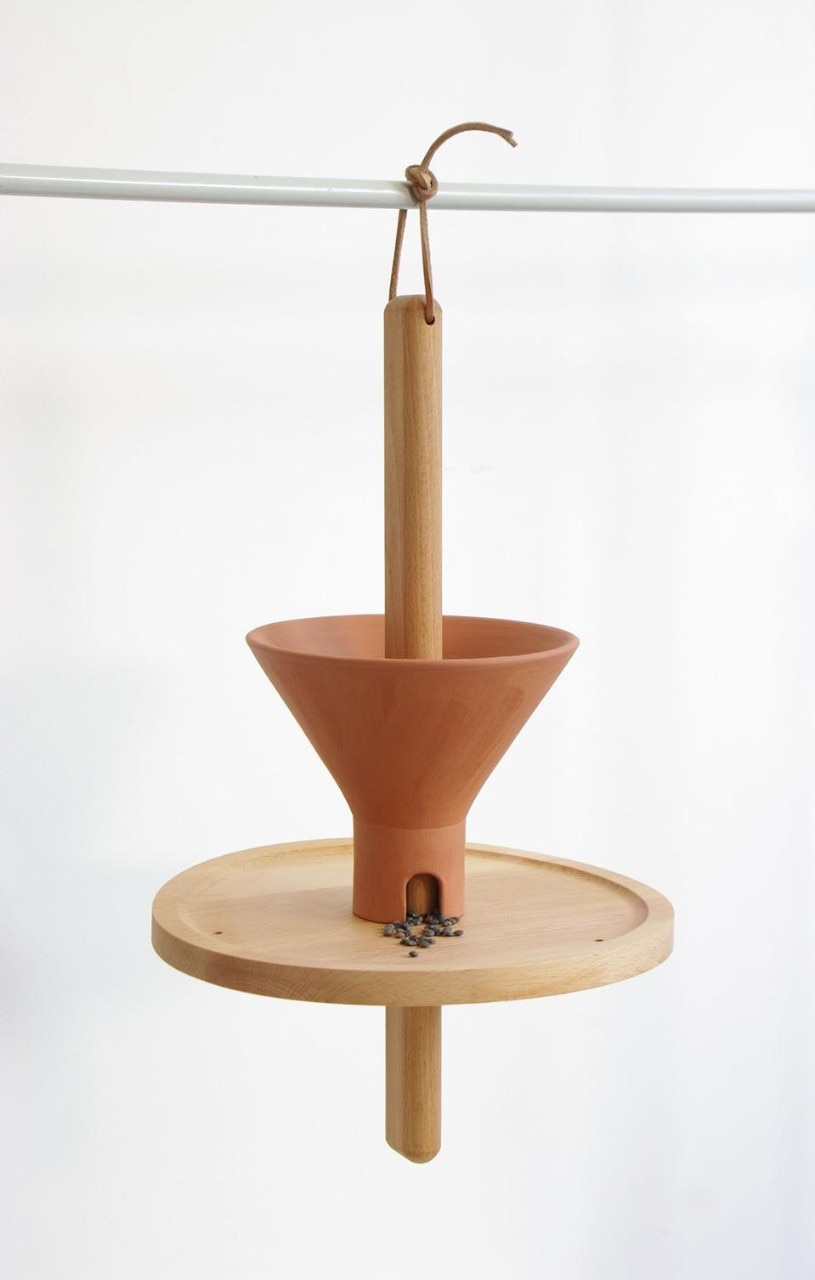
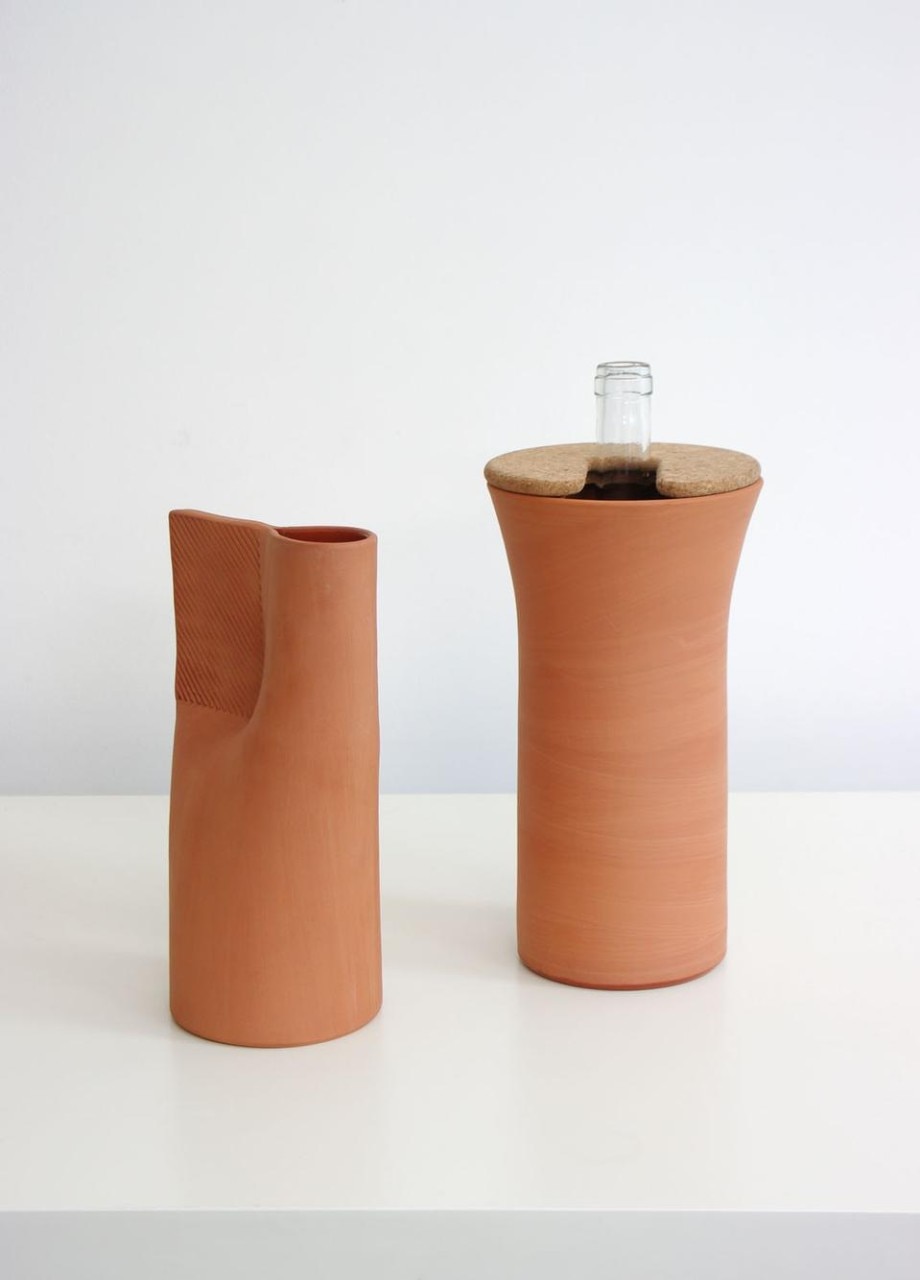
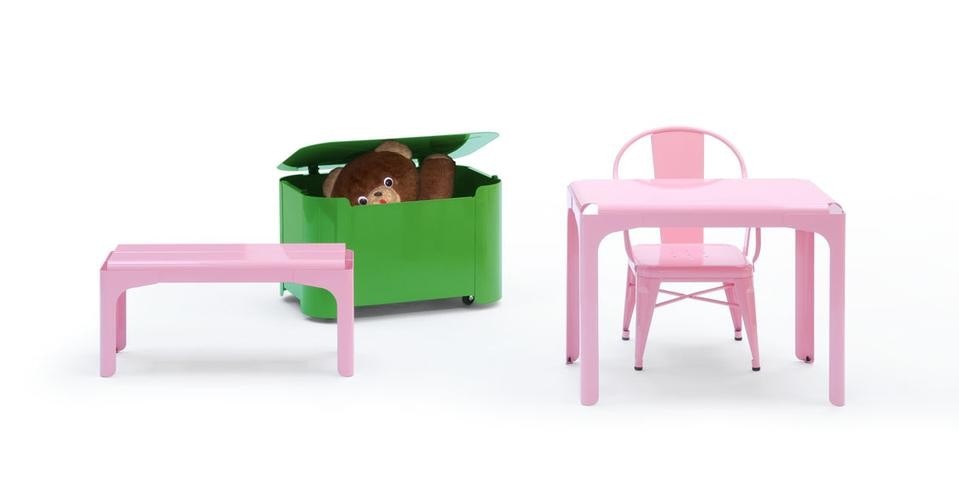
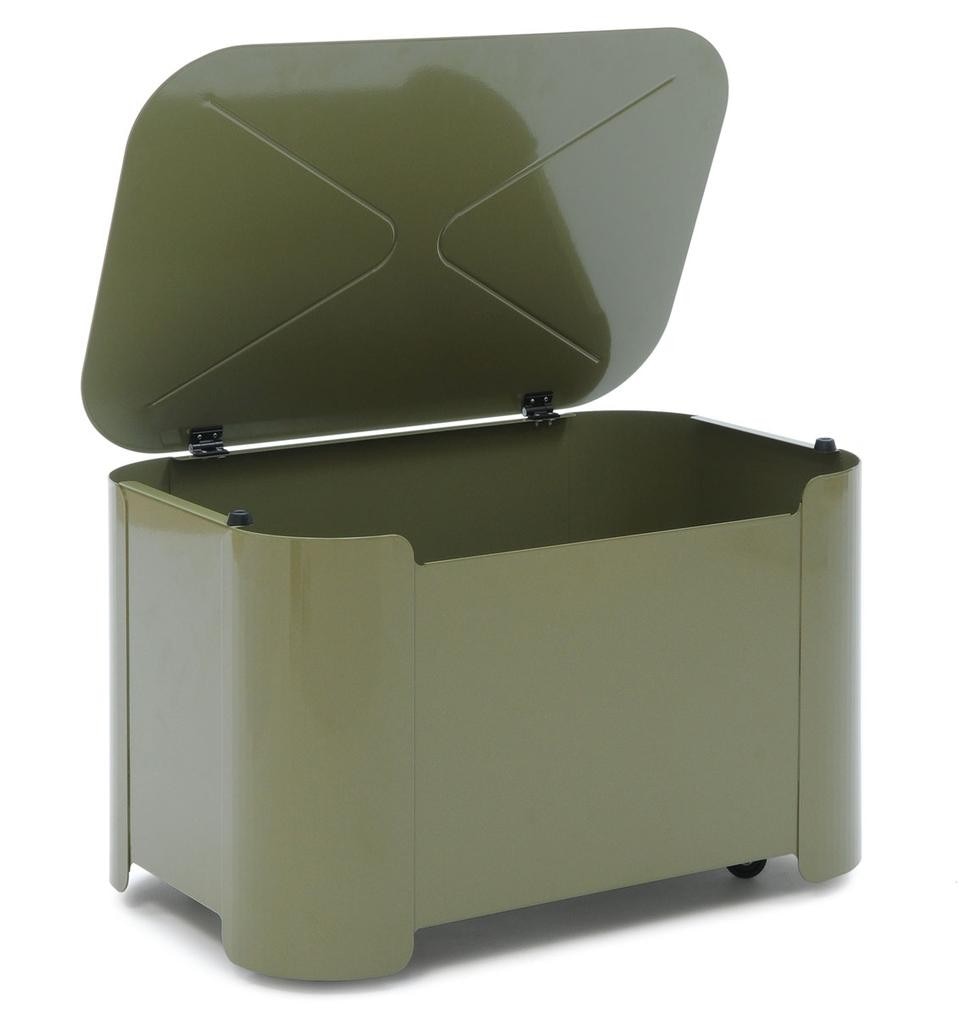
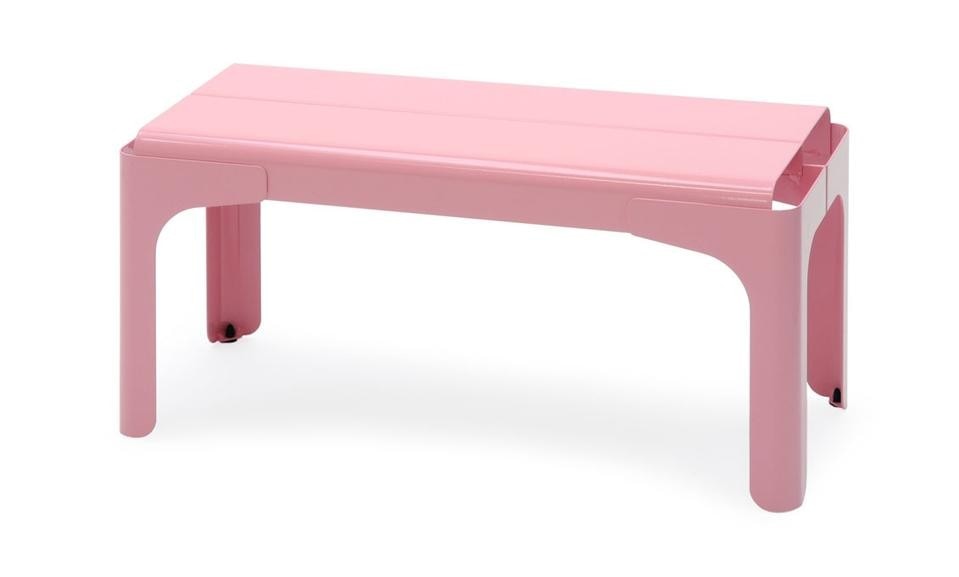



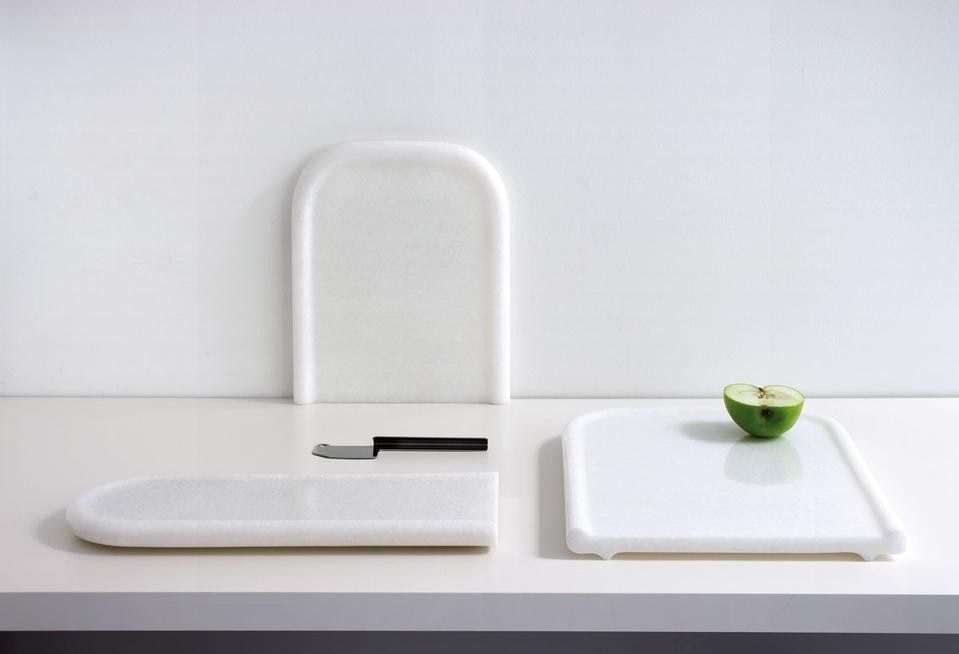
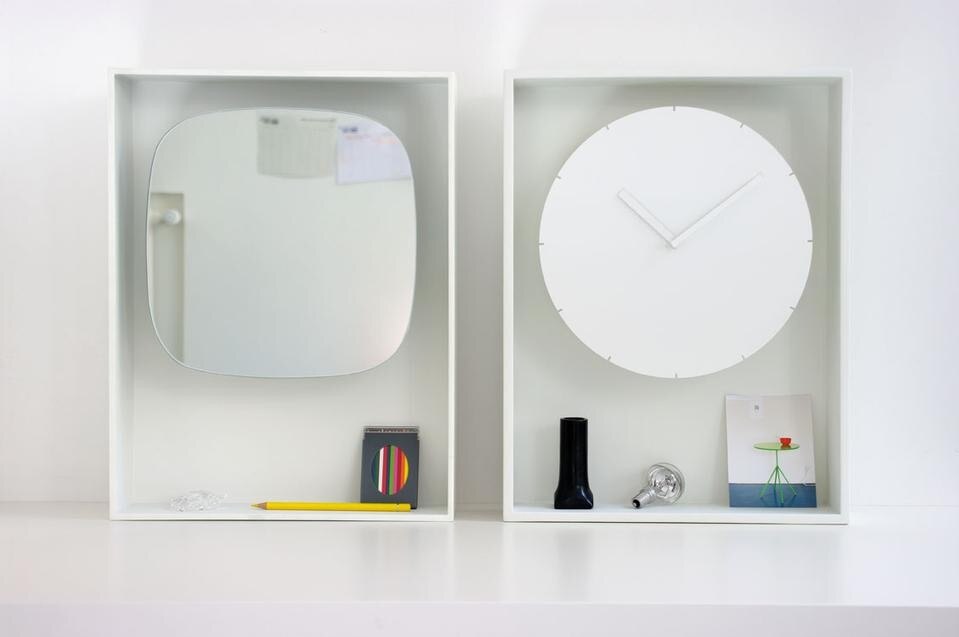

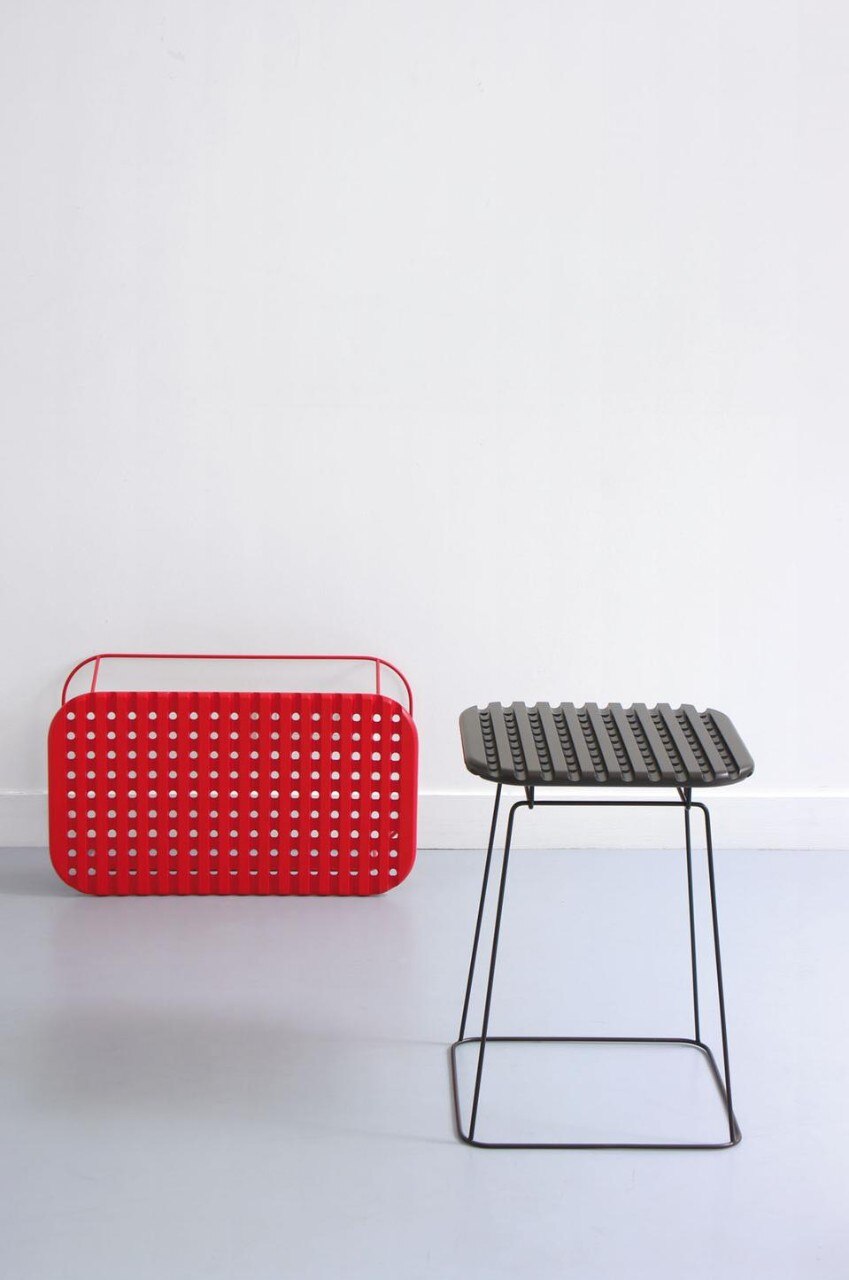
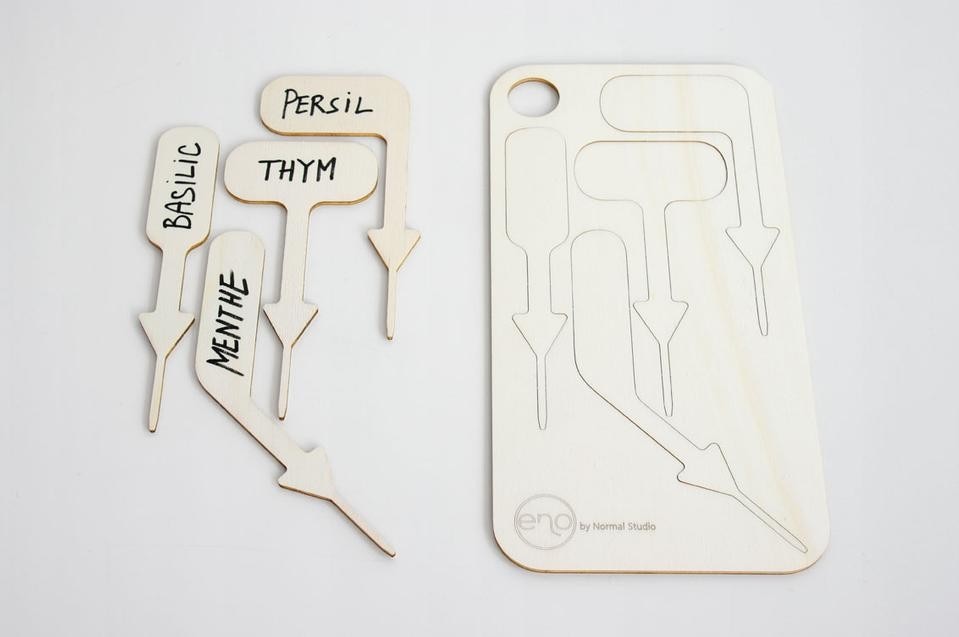

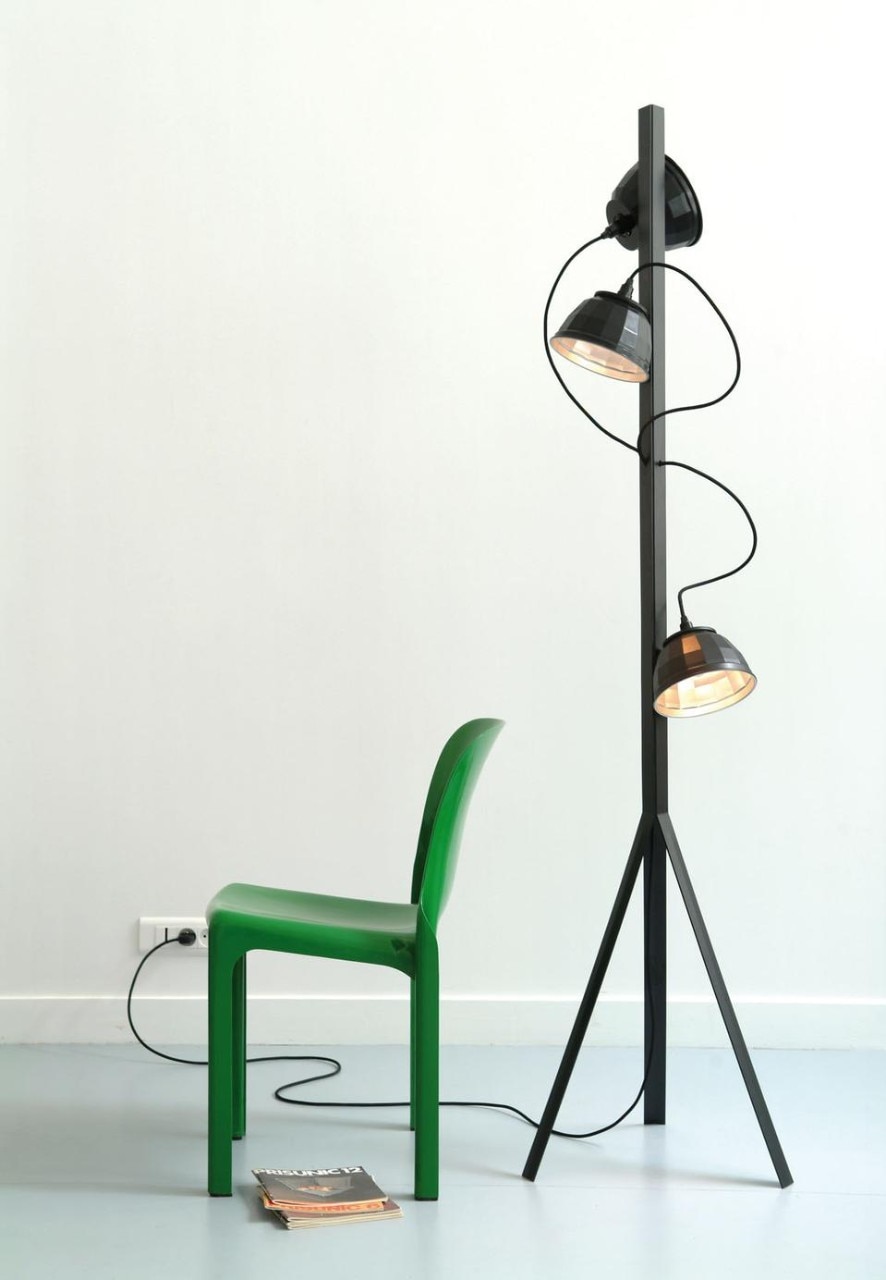
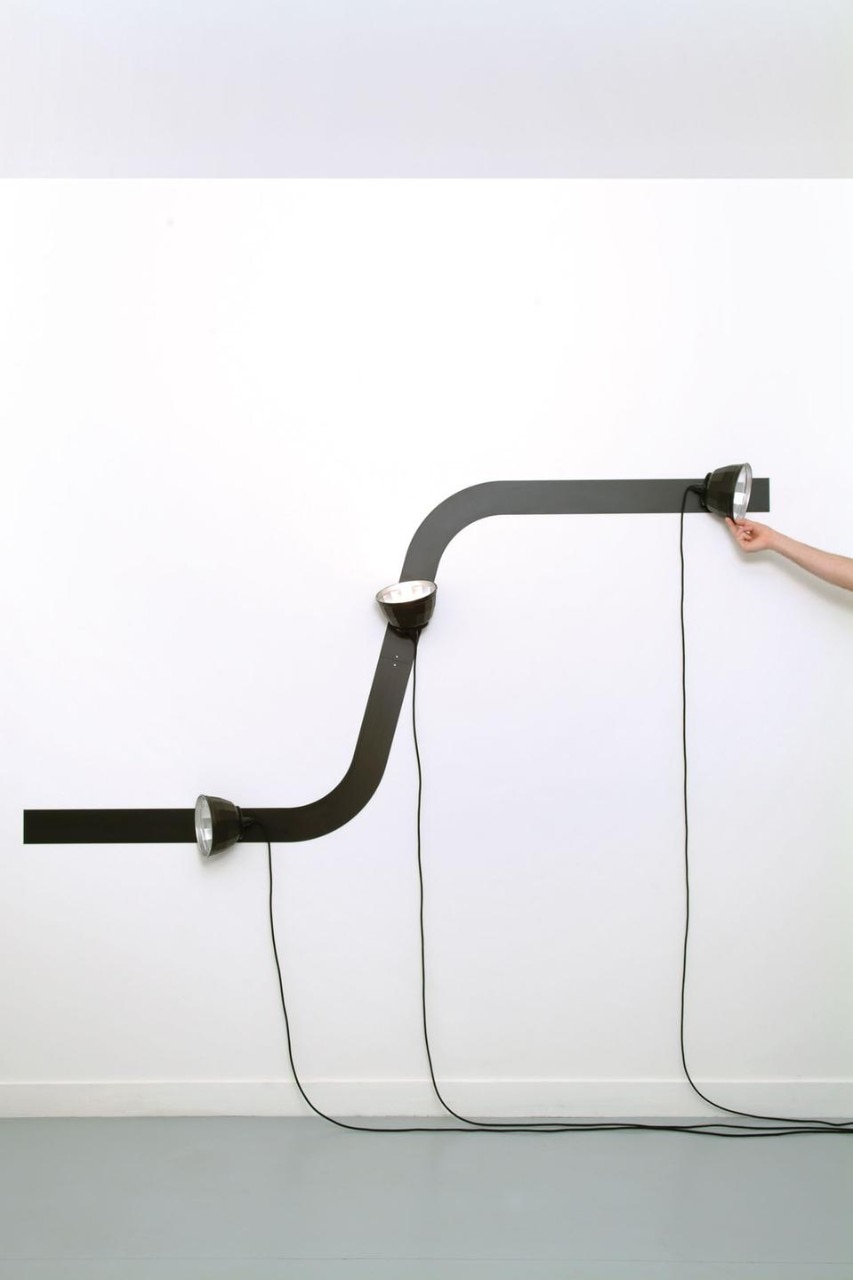
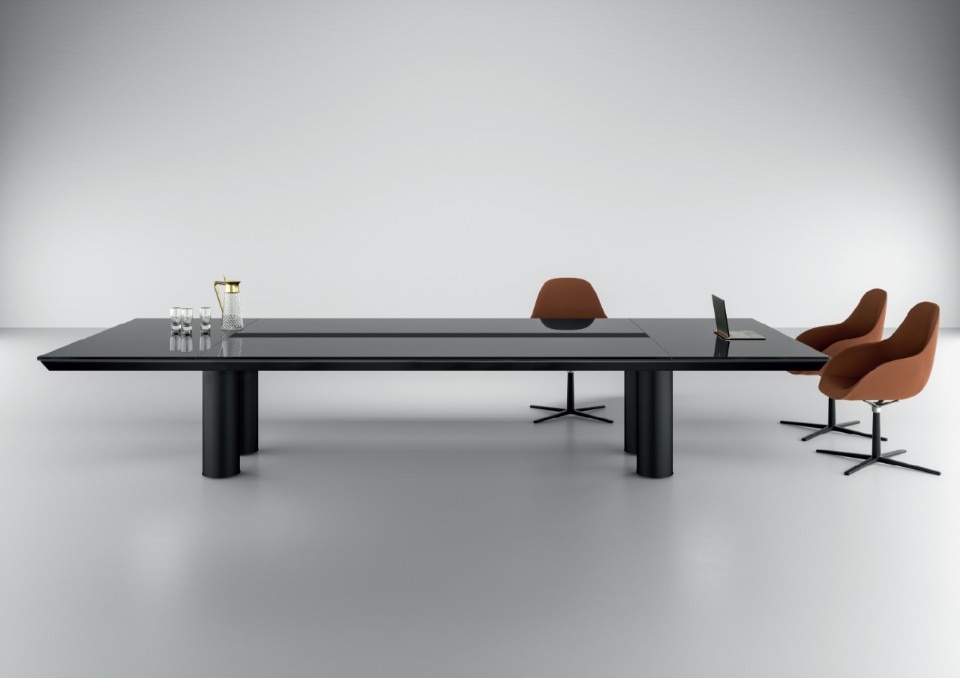
Innovation and timeless elegance
Han by Martex is a modular executive system that blends functionality with premium materials. A contemporary classic, designed for evolving executive spaces for over 25 years.



